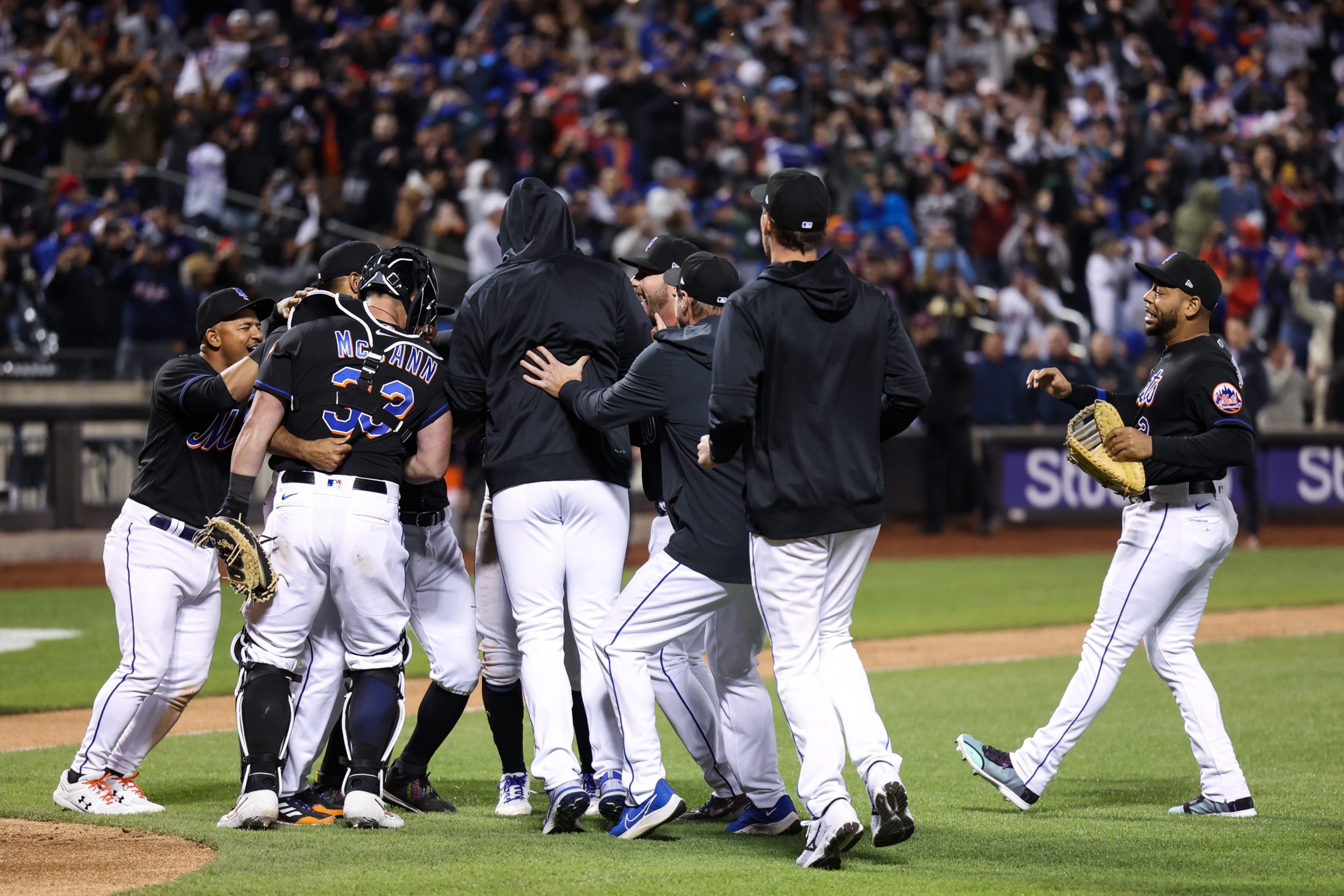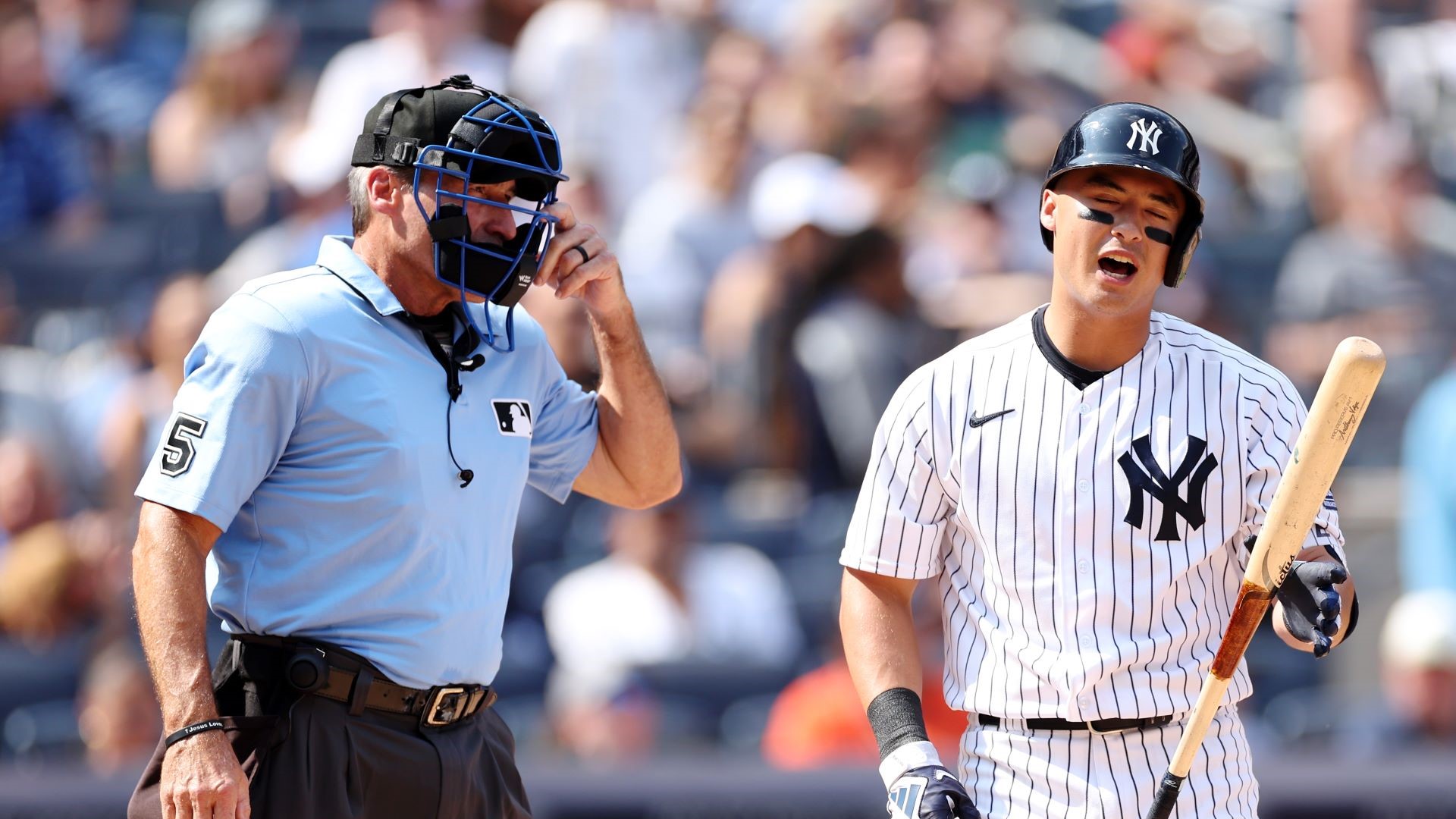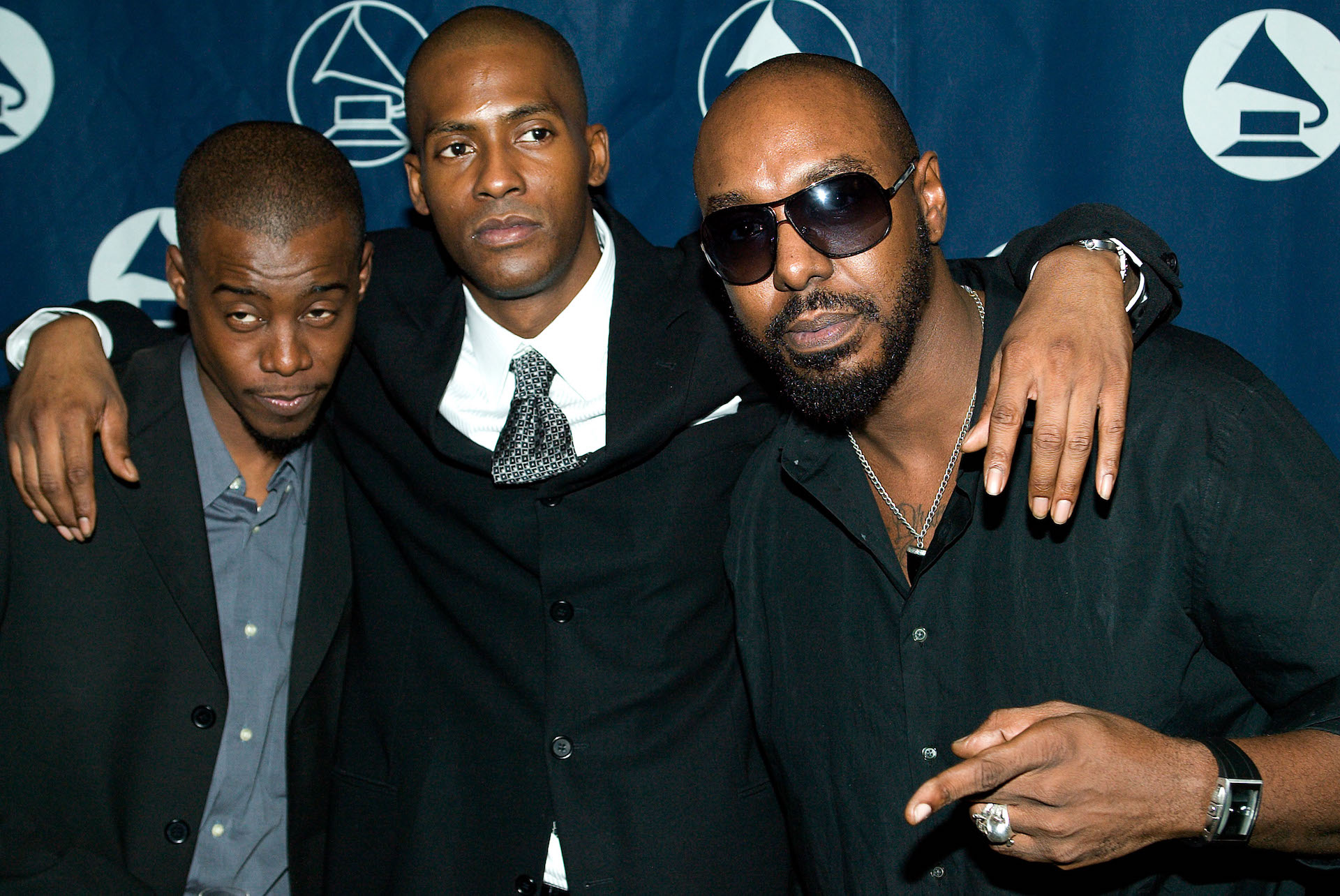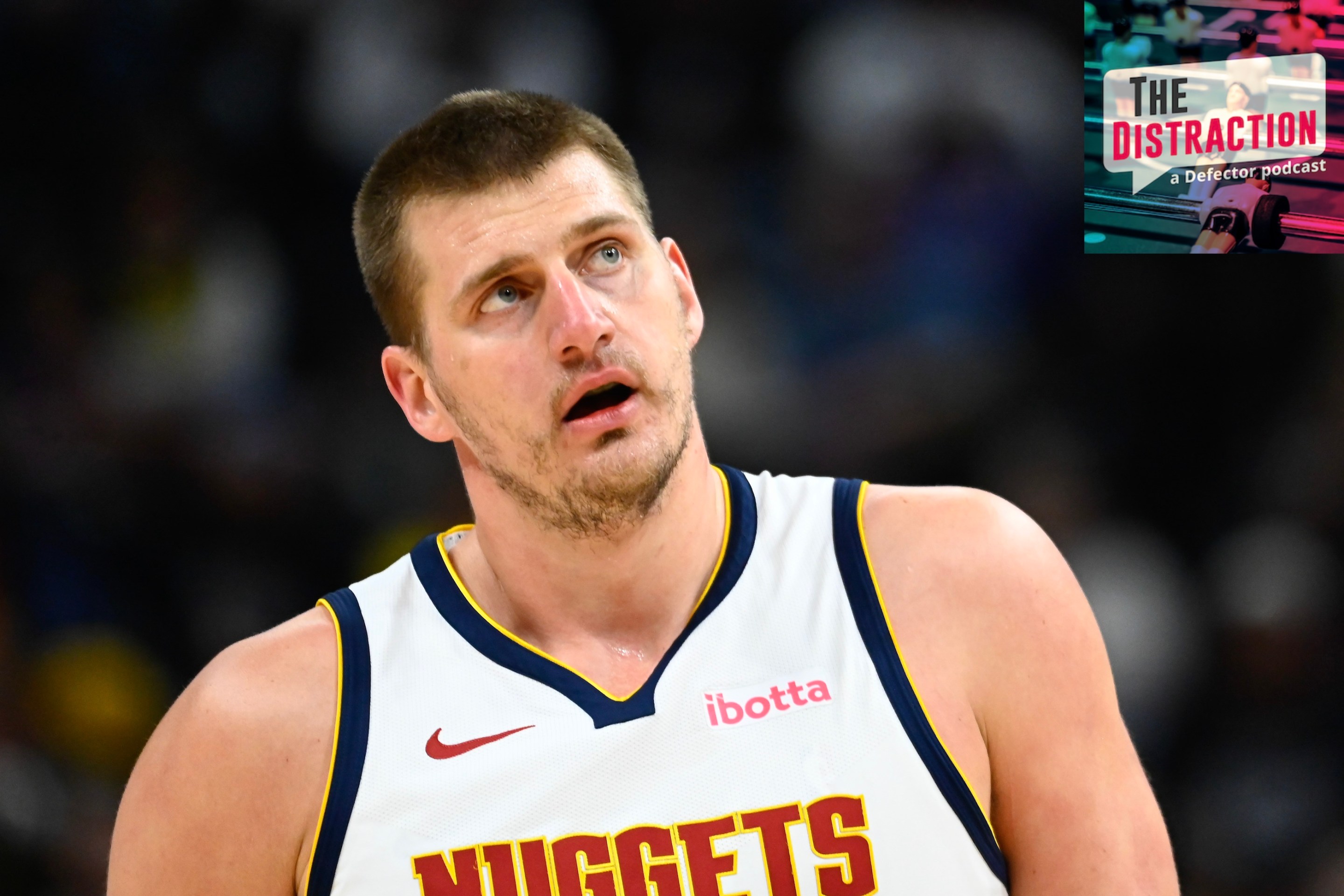Here’s To The Janky No-Hitter, One Of Baseball’s Great Delights
11:54 AM EDT on May 1, 2022

On May 31, the Mets will host a commemoration of the no-hitter that Johan Santana threw at CitiField a decade earlier. Other teams do not do this—the Cardinals have not done giveaways on either the 10th or 20th anniversaries of Bud Smith's September 3, 2001 no-no, for instance. But the Mets are not like other teams, and also Santana's no-hitter, which happened on June 1, 2012, came in the team's 50th year of existence and was the franchise's first. It was, appropriately and probably inevitably, brutal. Santana threw 139 pitches and was never quite the same after. His ERA rose from 2.38 to 4.85 over his next 10 starts, and his season ended in mid-August; he'd never throw another pitch in the majors. Queens-born outfielder Mike Baxter wrecked his shoulder making a catch that saved the no-hitter, and while he would spend parts of another three seasons with the Mets, Dodgers, and Cubs, he did so as a punchless depth plugger and was done as a big-leaguer at 30.
It was fitting that the no-hitter that the Mets waited 50 years for was, in every aspect, a supremely janky one. Santana struck out eight but walked five over nine extremely effortful innings; of his 139 pitches, just 77 were strikes. Santana was arguably the best pitcher of his era, but inarguably not at his best that day. This just happened to be the day that it happened, which is something that both the Mets' first no-hitter and their second, which came on Friday night by way of an utterly artless five-way combined no-hitter against the Phillies, have in common with every other no-hitter in the sport's history.
It was a fluke, probably, that the Mets had to wait 50 years for their first no-hitter, just as it was a fluke that the team's fifth starter and a collection of relievers combined to deliver the second on Friday, and just as basically every other no-hitter is at least a little bit a fluke. No-hitters are rare, but not so rare that your Bud Smiths and Ervin Santanas and Wade Mileys don't periodically throw one. Homer Bailey did it twice. Some no-hitters reflect real if fleeting dominance, but sometimes—as in Santana's no-hitter, or Edwin Jackson's 149-pitch 2010 masterpiece, in which he walked eight and hit a guy—they just kind of happen. The masterful and less-masterful and weirdly non-masterful no-hitters are all worth treasuring, in the same ways and for the same reasons that every other cool and unusual thing is worth treasuring. But they do not really mean anything.
Or, anyway, they just mean that one team prevented the other team from getting any hits. Before MLB changed the standard for no-hitters in 1991, that first team didn't even have to win—Andy Hawkins didn't allow any hits in eight innings against the White Sox on July 1, 1990, but some botch-forward outfield defense meant that his Yankees lost the game 4-0. That no-hitter was wiped from the books by the new rule, but there remains a small subset of no-hitters that exist as a sort of reminder of how random and fluke-y basically any discrete baseball success is. Even without the handful of no-hitter losses on the books, there is Jackson's 2010 opus, in which he needed 70 pitches just to get through the first three innings and which gave a lousy Diamondbacks team its 29th win in 74 games. There is the truly astonishing no-no that the White Sox somehow managed in front of fewer than 3,400 fans at the Oakland Coliseum on July 28, 1976, in which starter Johnny "Blue Moon" Odom walked nine in five-plus no-hit innings before giving way to Francisco Barrios, who walked two more before finishing off the no-hitter and 2-1 win.
There is a feeling of permanence about the records set in those janky no-no's—no pitcher will throw more pitches in a no-hitter than Edwin Jackson did because no pitcher is likely to be permitted to throw that many pitches in a game under any circumstances; no team will walk more than 11 hitters in a no-hitter because... well it is just very difficult to imagine how they possibly could. By contrast, the record that the Mets couldn't quite tie on Friday night, when they became the first team to use five pitchers in a combined no-hitter but fell short of the two teams that have used six, feels destined to fall sooner than later—the true Bullpen Game no-hitter, in which a collection of extremely tall and extremely wet-looking Tampa Bay Rays relievers combine to blank some team or other in a no-hitter that is somehow also absolutely hell to watch, is surely somewhere just over the horizon. If, or more likely when, that unholy bullpen game no-hitter staggers into history in three hours and 23 minutes of brutal near-future baseball, it might break the unlovely record that the Mets actually set in Friday's no-hitter. Those five Mets pitchers—starter Tylor Megill, lower-leverage relievers Drew Smith and Joely Rodriguez, late-inning guys Seth Lugo and Edwin Diaz—combined to throw 159 pitches, the most since anyone started keeping track of pitch counts in 1988. It took three hours and 18 minutes.
If all of this suggests that we all may bear witness to the one type of no-hitter that hasn't happened yet—the one that somehow also Actually Sucks—it is worth noting that we haven't gotten there yet, and that such a no-hitter may be the only kind that is actually impossible. The next no-hitter of this season will be more masterful than Friday's, almost by default, but it's the nature of the thing that there's something remarkable about all of them. There have been just 17 combined no-hitters in baseball history, and while a few have had similar shapes to Friday's—a back-of-the-rotation starter giving way to however many Guy-grade relievers it takes to fill out that game's outwardly humdrum form with something cooler—it's striking how many weird ways there are to do this. The first combined no-hitter on record, in 1917, involves Babe Ruth getting ejected for arguing with the umpire after walking the first batter he faced and reliever Ernie Shore doing the rest. When the Astros set the record for most pitchers used in a no-hitter in 2003, with six, it began with starter Roy Oswalt having to leave the game after an inning after an injury.
It is part of the fun of a no-hitter that it tends to emerge; it is to the credit of the few truly janky ones that they are so difficult to identify as anything extraordinary even as they do so. After the game on Friday, Diaz said he was the only one of the four relievers used to realize that he was pitching in a no-hitter while pitching in it. "How often do you see a no-hitter?" Mets first baseman Pete Alonso said afterwards, in an appropriate tone of glazed Floridian awe. "That's like seeing a white buffalo or a unicorn."
"It's like seeing a white buffalo or a unicorn"
— SNY Mets (@SNY_Mets) April 30, 2022
Pete Alonso says the Mets were blasting DMX after finishing off the combined no-hitter: pic.twitter.com/ymRNrLdVZM
The answer to the first part of his question is "every now and then, pretty much," but the second part seems the more significant one to me. It is not quite right to say that a no-hitter is like a unicorn; this would mean that I, for instance, had glimpsed a unicorn in the bar area of a TGI Friday's once, and that feels wrong. But a truly janky no-hitter like Friday's seems closer to that standard. This is the thrill of it—not just spotting the unicorn, but noticing that it has an unflattering haircut.
If you liked this blog, please share it! Your referrals help Defector reach new readers, and those new readers always get a few free blogs before encountering our paywall.
Editor. Co-host of The Distraction.
Stay in touch
Sign up for our free newsletter




